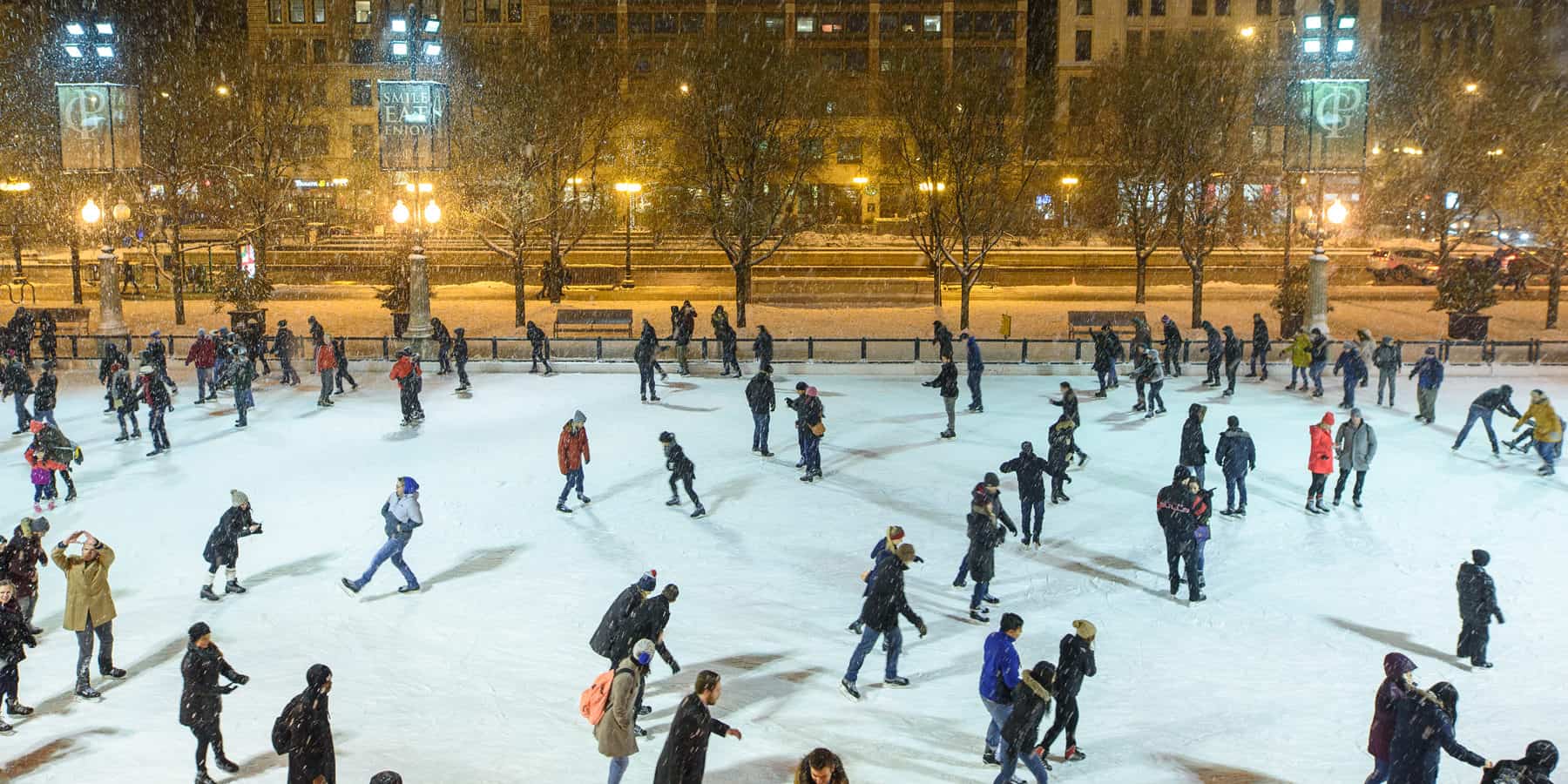Ultimate Guide for Parents: Introducing Your Kids to Rink Ice Skating
Hello, wonderful parents! Are you looking to glide into a new family adventure? Rink ice skating is a fantastic activity that’s not only fun but also boosts physical fitness and coordination. Whether it’s your child’s first time on the ice or they’re aspiring to be the next ice skating champion, our guide is here to help you navigate the frosty fun of rink ice skating! ?
What Makes Rink Ice Skating a Great Family Activity?
Before we dive into the nitty-gritty, let’s talk about why ice skating should be on your list of family favorites:
- Health Benefits: Skating improves balance, flexibility, and strength. It’s a cardiovascular workout that’s gentle on the joints!
- Life Skill: Learning to skate is a valuable skill that can open doors to other ice sports like hockey, figure skating, and speed skating.
- Confidence Building: Mastering a new skill like skating can significantly boost your child’s self-esteem.
- Quality Time: Spending time together on the ice rink can create cherished family memories.
Finding the Perfect Skates
The right pair of skates is your child’s best friend on the ice. Here’s what to consider when choosing skates:
- Fit: Skates should be comfortable and snug to provide proper ankle support.
- Type: Beginner? Go for figure skates with a wider blade. More advanced? Hockey skates might be better.
- Rent or Buy: Beginners might prefer to rent skates initially, but purchasing can be cost-effective in the long run.
Pro Tip: Always have your child try on skates with the socks they’ll be wearing on the ice to ensure a perfect fit! ??
Preparation is Key!
Prepping for your ice skating trip is essential for a seamless experience:
- Clothing: Dress in layers and don’t forget gloves or mittens; it gets chilly out there! Make sure your child’s mobility isn’t hindered by bulky clothes.
- Helmet: Especially important for beginners, a helmet can protect your little one in case of falls.
- Snacks and Hydration: Bring water and light snacks like trail mix or fruit to keep the energy up.
Remember: A well-prepared skater is a happy skater!
Stepping onto the Ice
Your child’s first steps on the ice rink can be magical and a little bit daunting. Here are some tips to make it a smooth start:
- Start Off-ice: Practice balancing exercises at home to build confidence before hitting the rink.
- Ice Etiquette: Teach your child to be aware of other skaters, skate in the correct direction, and respect the rink rules.
- First Steps: Encourage them to walk on the ice before trying to glide. Small shuffles lead to big strides!
Encouragement and patience are key – celebrate every little victory, no matter how small! ?
Ready to embark on this icy adventure with your kids? Keep reading for more in-depth tips and tricks as we delve deeper into the world of rink ice skating. Grab your gloves and let’s get ready to make some cool memories that will last a lifetime!

5 Things Parents Should Know in Preparing for Rink Ice Skating
As you and your little ones prepare to hit the ice, there are a number of essential things to consider to ensure safety, comfort, and enjoyment. Here are five ice skating tips parents should keep in mind:
1. Understand the Rink Environment
Rink conditions can vary widely. Public rinks often have sessions specifically for families and beginners, providing a safe environment for learning. Contact your local rink to check their schedule and ask about the best times to bring your kids. Some rinks offer special harnesses or walkers for beginners; these tools can help first-timers gain their balance without the fear of falling.
2. Know the Gear Essentials
Aside from skates and protective gear, there are a few additional items that can make your child’s skating experience more enjoyable:
- Skate Guards: Keep blades sharp when off the ice with skate guards, which can also protect against accidents.
- Soakers: Use soakers to protect the blades from rust and to keep your bag dry after leaving the rink.
- Proper Undergarments: Moisture-wicking materials will keep your child dry and comfortable on the ice.
3. Pre-Skate Warm-Ups
A little bit of pre-skating exercise goes a long way toward preventing injuries. Encourage your child to do simple stretches and warm-up exercises to prepare their muscles. These practices also help in enhancing their flexibility and performance on the ice.
4. Make Learning Fun
Beginner classes or informal lessons can make the experience less intimidating for your little one. Look for local programs or seasoned skaters willing to show your child the ropes. Make sure to keep the mood light and fun; after all, skating is about enjoying the glide across the ice!
5. Stay Patient and Positive
Every child learns at their own pace. Encouragement is crucial in helping them overcome fears and developing their skills. Stay positive, and no matter how many times they might fall, remind them that each time they get back up is a step towards becoming a great skater.
With these tips and your loving guidance, your kids are sure to have a delightful time learning to ice skate. As they lace up their skates and take their first cautious steps onto the rink, both you and they will remember these moments forever. Ice skating isn’t just a sport; it’s an opportunity for family bonding and creating joyful winter traditions that may very well last through generations! So, cozy up in those sweaters, pack a bag with essentials, and let’s hit the ice for an unforgettable, laughter-filled voyage on skates!




